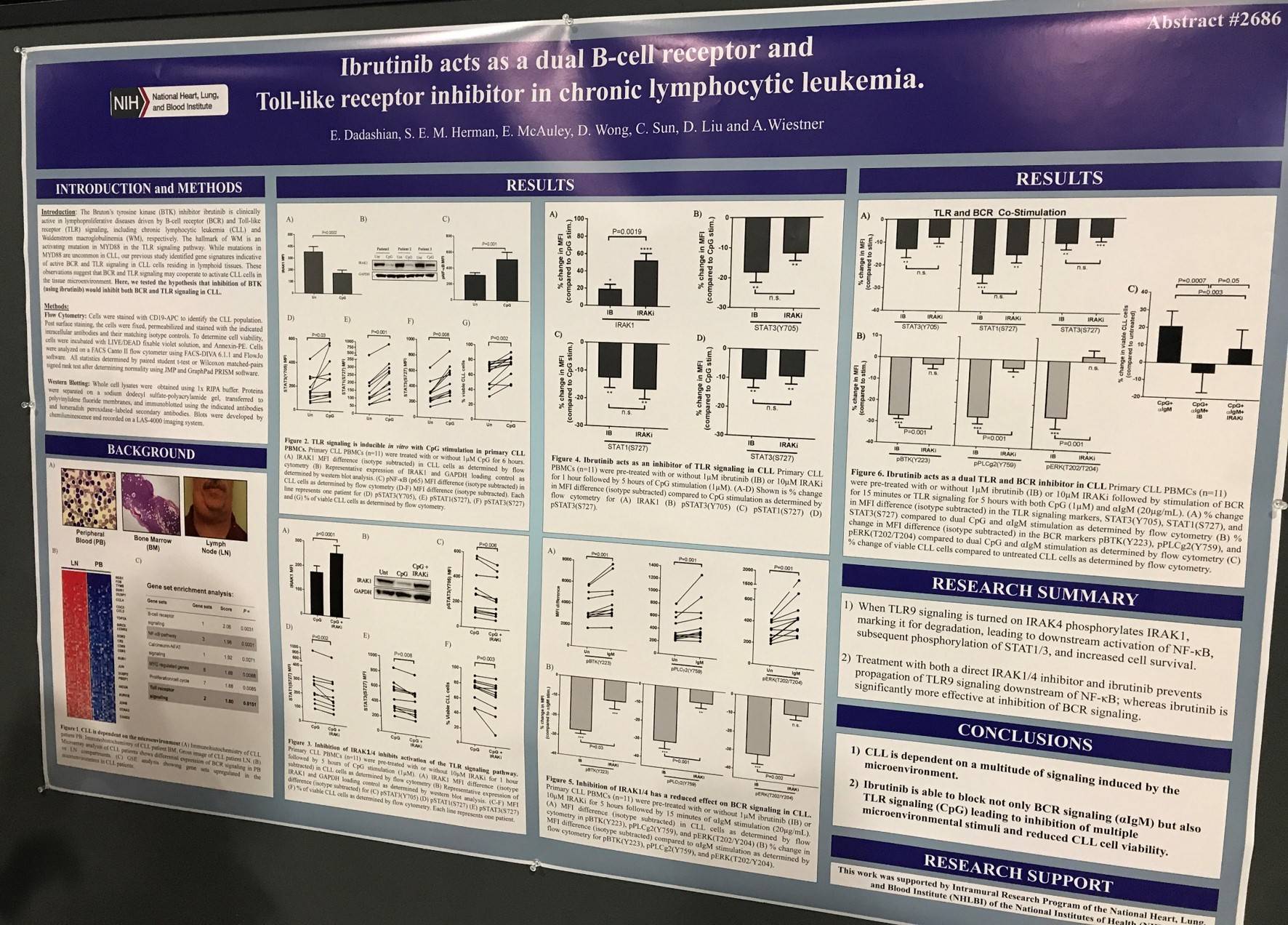All content on this site is intended for healthcare professionals only. By acknowledging this message and accessing the information on this website you are confirming that you are a Healthcare Professional. If you are a patient or carer, please visit the Lymphoma Coalition.
The lym Hub website uses a third-party service provided by Google that dynamically translates web content. Translations are machine generated, so may not be an exact or complete translation, and the lym Hub cannot guarantee the accuracy of translated content. The lym and its employees will not be liable for any direct, indirect, or consequential damages (even if foreseeable) resulting from use of the Google Translate feature. For further support with Google Translate, visit Google Translate Help.
The Lymphoma & CLL Hub is an independent medical education platform, sponsored by AbbVie, BeOne Medicines, Johnson & Johnson, Roche and sobi, and supported through educational grants from Bristol Myers Squibb, Incyte and Lilly. View funders.
Now you can support HCPs in making informed decisions for their patients
Your contribution helps us continuously deliver expertly curated content to HCPs worldwide. You will also have the opportunity to make a content suggestion for consideration and receive updates on the impact contributions are making to our content.
Find out more
Create an account and access these new features:
Bookmark content to read later
Select your specific areas of interest
View lymphoma & CLL content recommended for you
AACR 2017 | Poster 2686/15 – Dual inhibition of BCR and TLR signaling has therapeutic potential in Chronic Lymphocytic Leukemia
On Monday 3rd April during this year’s American Association for Cancer Research (AACR) annual meeting, a poster (2686 / 15) by Eman L. Dadashian, from NIH/NHLBI, Bethesda, MD, et al. titled “Dual inhibition of BCR and TLR signaling has therapeutic potential in Chronic Lymphocytic Leukemia” was presented.
The group treated CLL PMBCs with ibrutinib and/or calbiochem (an IRAK1/4 inhibitor) for 1h and then stimulated with soluble αIgM, CpG, or both. They measured changes in phosphorylation of BTK, PLCγ2, and ERK (BCR pathway), as well as STAT3, STAT1, and total IRAK1 (TLR pathway).
Key Highlights:
- Ibrutinib decreased phosphorylation of BTK, PLCγ2, and ERK (P < 0.05) and reduced the survival of CLL cells stimulated with αIgM (P = 0.001)
- CpG stimulated TLR signaling degraded IRAK1 and stimulated cytokine secretion that activates STAT phosphorylation
- Calbiochem effectively inhibited TLR signaling resulting in stabilization of IRAK1 (P = 0.002), reduced phosphorylation of STAT1/3 (P = 0.04), and decreased viability compared to CpG stimulated, but not IRAK inhibitor treated, cells
- Ibrutinib did not affect CpG-induced IRAK1 degradation, but was comparable to IRAK1/4 inhibition in decreasing phosphorylation of STAT
- Indicates BTK inhibition antagonizes downstream effects of TLR activation but not upstream IRAK dependent steps
- IRAK1/4 inhibition did not affect αIgM-induced BCR activation
- In vitro, when ibrutinib and calbiochem were administered in combination, activation of both BCR and TLR signaling was blocked causing a significant decrease in CLL cell viability (P = 0.01) compared to co-activation of both pathways
The poster concluded by stating that when TLR9 signaling is activated, IRAK1 is phosphorylated by IRAK4 signaling for it to be degraded, resulting in activation of NF-kB, STAT1/3 phosphorylation, and increasing cell survival. The combination of BTK and IRAK1/4 inhibition “prevents propagation of TLR9 signaling downstream of NF-kB” and therefore reduces cell survival.

References
Your opinion matters
In your experience, when do most CRS/ICANS events occur after lisocabtagene maraleucel infusion?

